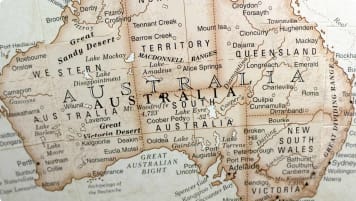Atmospheric Measurements at Mauna Lao & Cape Grim
Climate change and the Industrial world. For mature and senior Travelers couples or solo, being aware of the journey and learning that they are part of is important when taking a small group educational tour.
3 Dec 20 · 7 mins read
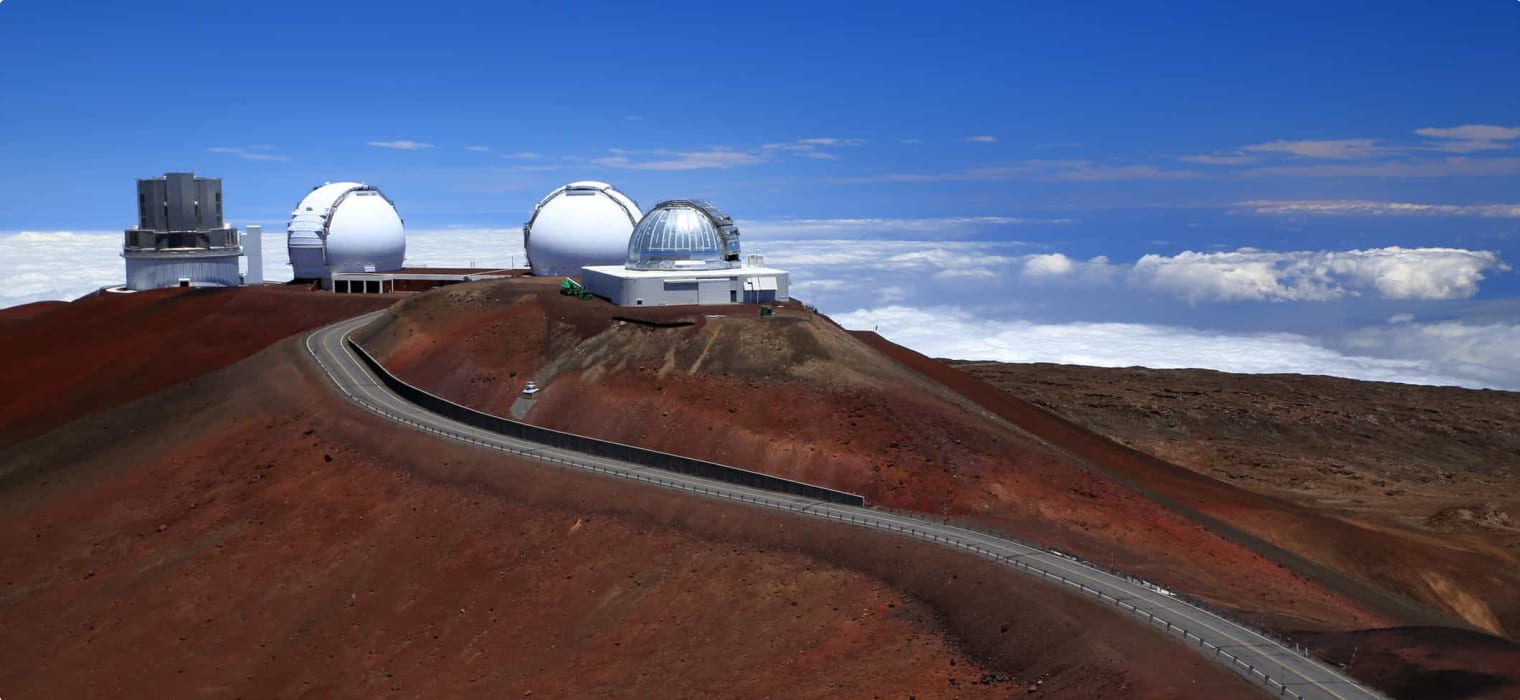
Carbon Dioxide Measurements at Mauna Lao and Cape Grim
In May 2013, the Mauna Lao Observatory in Hawaii recorded an historic milestone. Carbon dioxide (CO2) levels in the atmosphere had exceeded 400 parts per million (ppm) for the first time in 55 years of measurement – and possibly in the last 15 million years. Then three years later, an isolated scientific outpost at Cape Grim, north-west Tasmania, recorded the same measurement for the first time in the Southern hemisphere. A sombre reminder of the effects of human behaviour on the atmosphere was laid out in data for all to see.
The Mauna Lao Observatory and Cape Grim are two of the premier Baseline Air Pollution Stations in the World Meteorological Organization-Global Atmosphere Watch (WMO-GAW) network. Baseline stations are defined by the WMO to meet a specific set of criteria for measuring changes in greenhouse gases (GHGs), ozone depleting gases, and aerosols in clean air environments.
Changes in Earth’s atmospheric composition are a serious cause of concern for humanity as they impact weather and climate, human and ecosystem health, water supply and quality, agricultural production, and many socio-economic sectors. The most pressing of the related problems include climate change, the hole in the ozone layer, and urban air pollution. By studying the variability and trends in atmospheric composition and its consequences, stations such as those at Mauna Lao and Cape Grim are able to advance critical scientific understanding to address these challenges.
Mauna Loa Observatory
The Mauna Loa Observatory has been monitoring and collecting data relating to climate change, atmospheric composition, and air quality in the northern hemisphere since 1958. Today it is especially known for its continuous monitoring of atmospheric carbon dioxide concentrations. Indeed, Mauna Loa is the world’s oldest continuous CO2 monitoring station and the world’s primary benchmark site for measurement of the gas. These measurements are displayed in a graph known as the “Keeling Curve”, named after Charles Keeling, the American scientist who started the project and the first to report that the levels of CO2 in the atmosphere were consistently rising on Earth
The Observatory is located on the north flank of Mauna Loa Volcano, the world’s largest active volcano, on the Big Island of Hawaii. This is a prime location for sampling Earth’s uncontaminated background air as it is remotely situated in the Pacific Ocean, far from the continent. Also being high, approximately 3,400 metres (11,141 feet) above sea level, the observatory protrudes through the inversion layer, which separates the more polluted lower portions of the atmosphere from the much cleaner free troposphere. This all means the air is relatively clean making it easier for scientists to study.

Cape Grim
The Cape Grim Baseline Air Pollution Station was established by the Australian government in 1976 to monitor and study key atmospheric gases driving long-term climate change and ozone depletion. It originated in response to the United Nations Environment Program (UNEP) calling for global governments to work together to set up a network of monitoring stations in the early 1970s.
Cape Grim was chosen as a site representative of the mid-latitudes of the Southern Hemisphere positioned just south of the isolated north-west tip of Tasmania (Woolnorth Point). This is an important site as it takes advantage of the “roaring forties” – the prevailing westerly winds that bring clean air over long trajectories over the Southern Ocean to the station under conditions described as ‘baseline’ having had no recent contact with land. This represents true background air, uncontaminated by regional pollution sources, perhaps some of the cleanest in the world.

What Do These Stations Measure?
Both stations measure elements in the atmosphere that contribute to climate change on Earth. All major and minor greenhouse gas concentrations are measured, including carbon dioxide, methane, nitrous oxide and synthetic GHGs such as hydrofluorocarbons, perfluorocarbons, and sulfur hexafluoride. Most GHGs have shown continuous increases in atmospheric concentration since measurements began.
These measurements are important as increasing GHGs in the atmosphere leads to climate change. Trends that are identified in the measurements are used to drive climate change models and identify processes that influence changes to the atmosphere. They also help to predict how the climate will change under different scenarios of future GHG loading.
Chemicals which deplete the ozone layer are also measured, including chlorofluorocarbons (CFCs) and halons, which are themselves some of the most potent GHGs. This data is critical because the ozone layer protects us from harmful radiation produced by the sun’s ultraviolet rays. Owing to a ban on their production under the Montreal Protocol developed to protect the ozone layer, the data has shown that these chemicals are now in decline.
Air pollutants including natural and anthropogenic aerosols (particles such as sea salt, mineral dust and black carbon) and reactive gases are also measured along with weather and climate indicators like wind speed and direction, rainfall, temperature, humidity and solar radiation.
Data from the two stations is freely available from major global data archives and has underpinned hundreds of scientific papers as well as numerous international assessments on global emissions of GHGs and ozone depleting gases. It has also been used to inform key international policies, such as the Montreal Protocol to protect the ozone layer and the Paris Agreement to reduce GHGs.
Rising Carbon Dioxide Emissions
Perhaps most notable of all measurements is that of CO2 concentration. Both stations show a steadily increasing trend of CO2 measurements from year to year, combined with a seasonal cycle saw-tooth effect that is caused by changes in the rate of plant growth.
At Cape Grim CO2 levels have increased by 25% since the first measurements began in 1976, from 329 ppm to 410 ppm as of October 2020. Moana Loa meanwhile reached an all-time high of 418 ppm in June 2020 up from 315 ppm in 1959.

Atmospheric CO2 is now higher than at any time in the previous 200,000 years of human history. Even more sobering are the studies that show that CO2 levels may had not previously risen over 400 ppm in the last 15 million years. The higher level of this planet-heating gas is just one part of the problem. The other is the speed of the changes, more than a hundred times pre-human times, and faster than ecosystems can adapt to. Currently levels are growing 2.5 ppm on average annually.
The measurements suggest that although CO2 levels in the atmosphere had been increasing since pre-industrial times, the rate of CO2 emissions has accelerated steadily since the Industrial Revolution began in 1750.
This increase is principally caused by human activities such as fossil fuel consumption, deforestation, and various agricultural practices. Levels are now 50% higher than in 1750 and the pace of the build-up has been quickening too: half of the rise is CO2 levels since the beginning of the industrial period has occurred since just 1980.
Scientists calculate that emissions must fall by half by 2030 to give a good chance of limiting global heating to 1.5C, beyond which hundreds of millions of people will face more heatwaves, droughts, floods and poverty.
But, if fossil-fuel burning continues at a business-as-usual rate, humanity will exhaust reserves over the next few centuries, and CO2 levels will continue to rise to levels over 1500 ppm. If this happens, the atmosphere will not be able to return to pre-industrial levels even tens of thousands of years into the future.
Eucalypt Dieback in Western Tasmania
A poignant impact of the chemical changes that we as humans are collectively making to the atmosphere is occurring In Tasmania’s north-west, the region where Cape Grim is located. Climate change and the increase in the intensity and frequency of draught is a major cause of Eucalypt trees dying in the region.
As the climate changes species ranges are shifting. Extinctions could occur when species are unable to keep pace with the rate of climate change or are unable to migrate across highly fragmented landscapes. Tree species are among the first to feel the impact of climate change: the long life cycles and typically short dispersal distances result in slow responses to change.
In north-west Tasmania insects such as weevils – more abundant and more widely distributed because of the changing climate – are devouring the leaves of the eucalypts. Usually if a eucalypt loses its crown it will recover by shooting out fast, new growth. However, recent years of drought have led to such high levels of water stress in the trees that they are running out of stored energy needed to flush out new growth and thus succumbing to death.
Impacts such as this, as well as data collected from Cape Grim, Moana Lua and other stations, invite people to take notice, reflect on the transformation that is happening in the wrong direction, and resolve to reverse these trends.
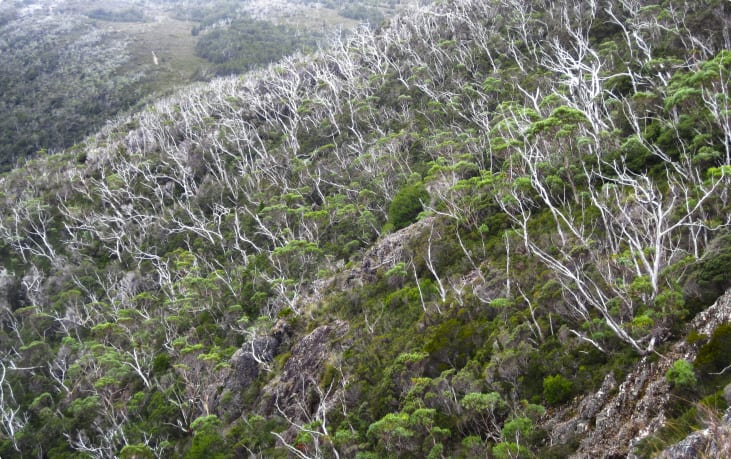
Tour of Tasmania
Odyssey visits Tasmania as part of two of our small group tours for mature and senior travellers in Tasmania led by a local tour guide chosen for their local knowledge. Wildlife-rich destinations are found at regular intervals along the route of our 16-day tour of Tasmanian Wilderness. On this tour, we provide the opportunity to observe a variety of endemic species combined with dramatic scenery at the places we visit such as the Gordon River, Cradle Mountain, Lake St Clair, the rugged South East coast, the South West coast, and Mount Field National Park. Meanwhile senior singles, couples and small groups of friends interested in history and historic sites will find the itinerary of our 19 day guided tour of colonial Tasmania suited to their needs for a great Tasmania holiday package.
Articles about Tasmania and Australia published by Odyssey Traveller:
For all the articles Odyssey Traveller has published for mature aged and senior travellers, click through on this link.
External articles to assist you on your visit to Tasmania:
Related Tours
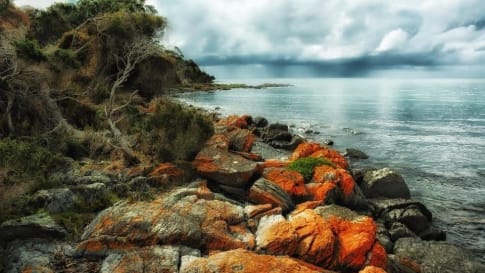
19 days
Mar, Nov, FebDiscovering Tasmania’s Wildlife
Visiting Tasmania
Small group tour of up to 15 mature and seniors travellers visiting and learning about Tasmania's wildlife and history. Visit Maria Island, Freycinet peninsula, Cradle Mountain, Strahan, Lake St Clair and Bruny Island over 16 days.
From A$11,450 AUD
View Tour
days
Mar, Aug, Sep, Oct, Nov +3Tours of Tasmania; exploring colonial history
Visiting Tasmania
Escorted program for couples and single travellers visiting Hobart, Launceston through the Tamar Valley along the rugged coastline of the north coast and heading back south to the pristine wilderness around Cradle Mountain and then on through Strahan, Queenstown and past Lake St Clair, before arriving back in Hobart. This 18 day small group tours to Tasmania for mature and senior travellers interested in the colonial history of Tasmania. We follow the footsteps of the colonists, visiting the churches where they worshipped, the houses in which they lived, the taverns where they drank and some of the mills in which they worked.
Articles

Aboriginal land use in the Mallee
Learning about the Mallee for a escorted small group tour of South Australia and Western Australia for mature and senior travellers. Understand the Mallee & Wildflowers relationship and the indigenous community land use.
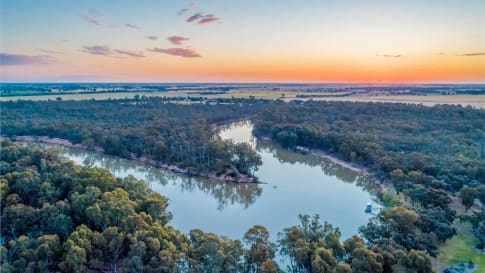
Appreciating Australian River Systems.
Appreciating the linking of the river network into the Australian, history, culture and landscape on a small group tour for mature and senior travellers of couples or solo travellers is an integral part of understanding the continent of Australia and Aboriginal settlement.
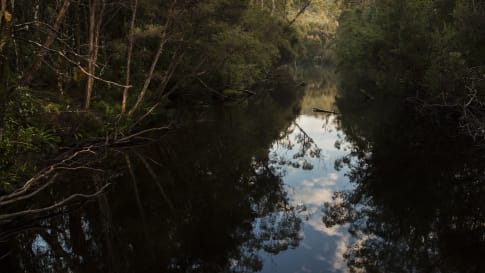
Ice age archaeological sites of the Tasmanian Wilderness World Heritage Area, Australia
Ice age archaeological sites of the Tasmanian Wilderness World Heritage Area, Australia The Franklin-Gordon Wild Rivers National Park is one of the most remote places in Australia, a wild labyrinth of winding gorges, rushing rapids,…
Questions about Australia for senior travellers
Questions About Australia for senior travellers Odyssey Traveller specialises in crafting unforgettable experiences for senior and mature-aged travellers interested in learning as a couple or as a solo traveller when they travel. Providing adventure and…

The Australian Outback: A Definitive Guide
Explore learn and consider what is the outback in this article. For mature and senior travelers considering joining a small group package tours into the outback to see, learn and explore about this unique place, not only the landscape but the Aboriginal approach to living. On each of the tours for couples and the single traveler you learn something different but fascinating, from Outback Queensland, the Flinders, Broken Hill and the Kimberley and the wildflowers all contribute to this question, what is the outback?
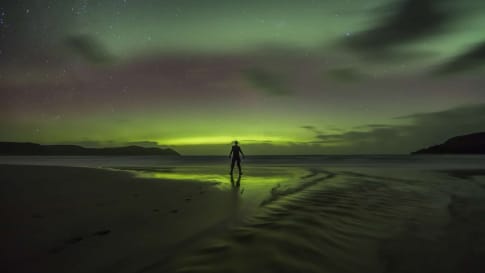
The Aurora Australis
Witness the incredible sights of the Aurora Australis, the Southern Lights. Much like its northern counterpart, the dancing lights of the Aurora are a magical, and unforgettable sight. For the fortunate traveller, you just might catch a glimpse of this phenomenon on your trip to Tasmania or New Zealand. Odyssey offers small group tours for mature and senior travellers, couples, and solo travelers to Australia and New Zealand.
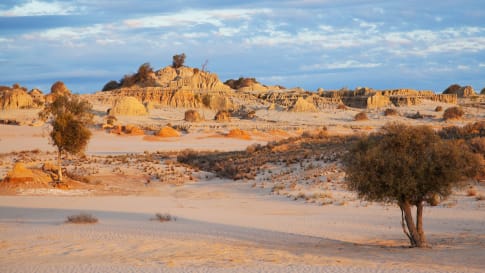
Uncovering the ancient history of Aboriginal Australia
For small group escorted tours of Australia in Queensland, Victoria, New South Wales, South Australia, Tasmania, Western Australia and the Northern Territory a guide on Aboriginal culture for mature and senior travellers.

